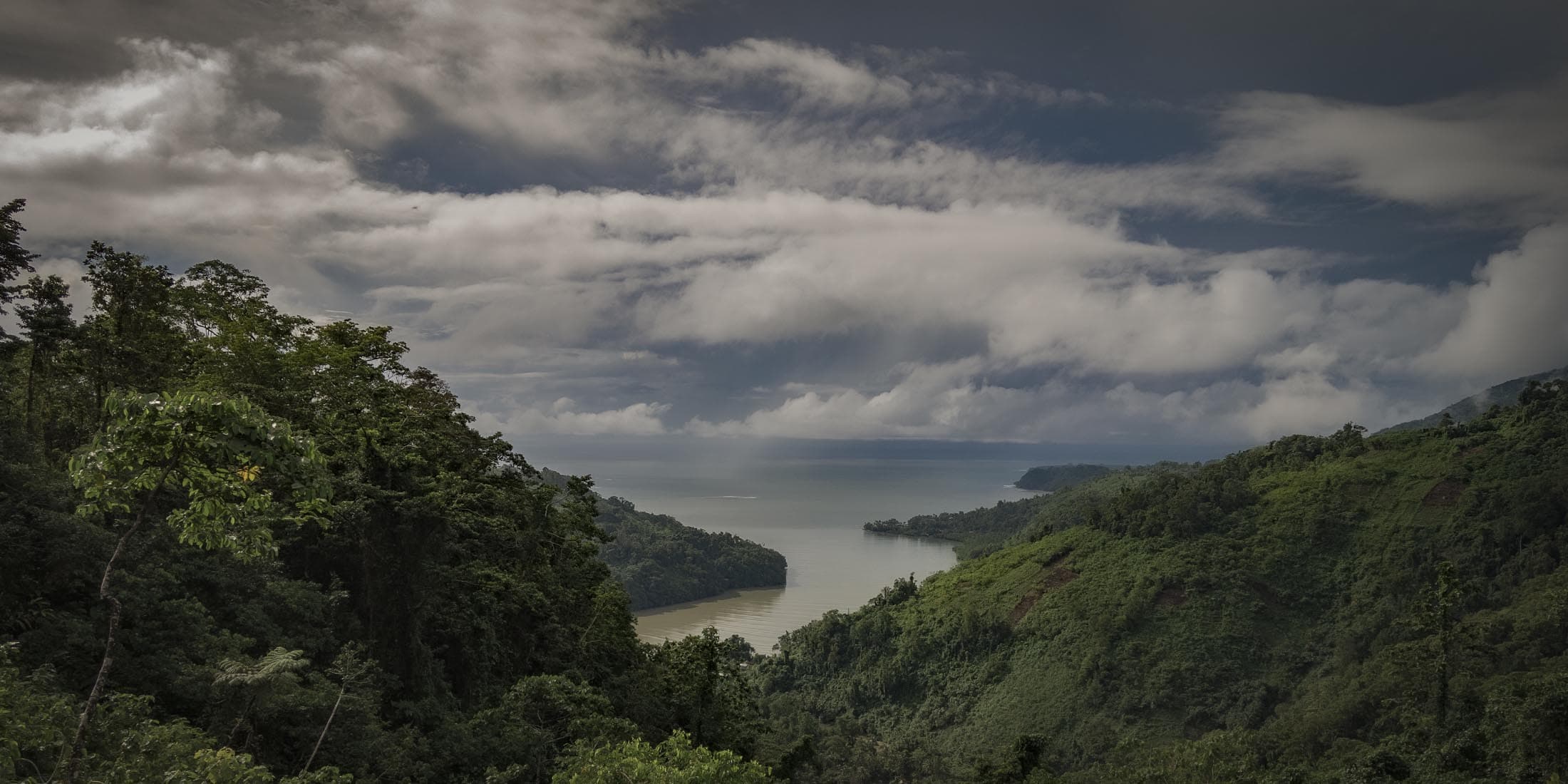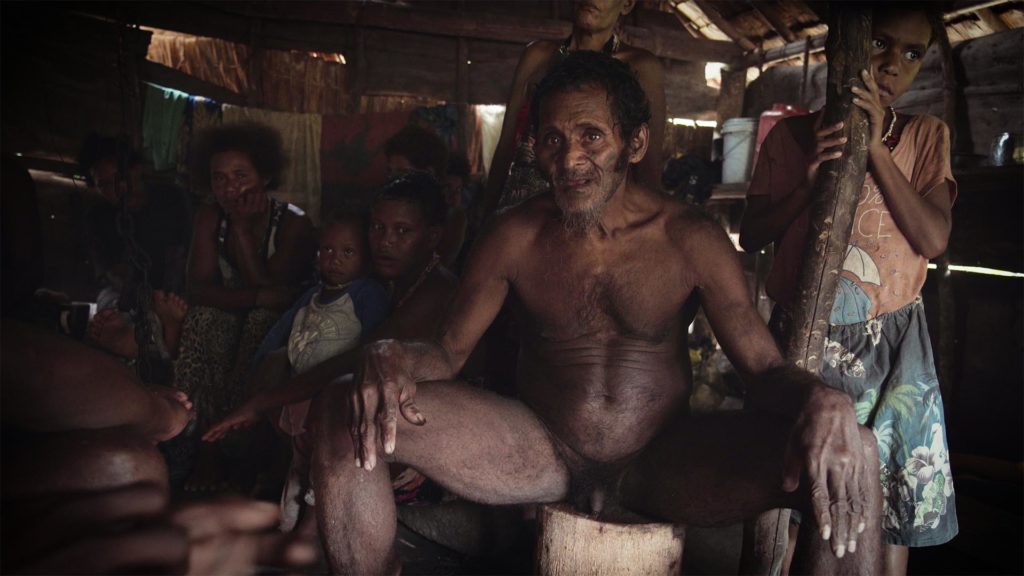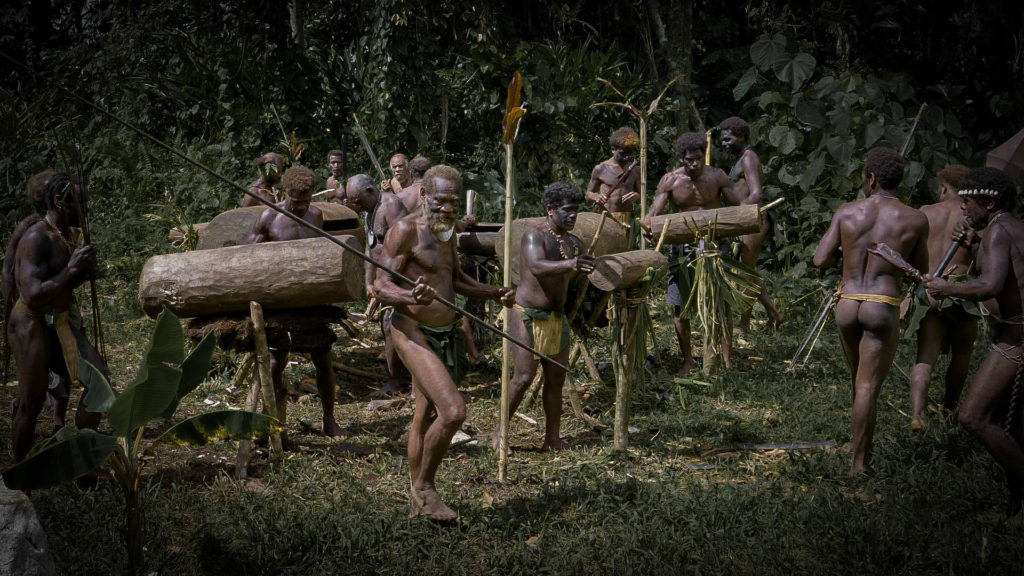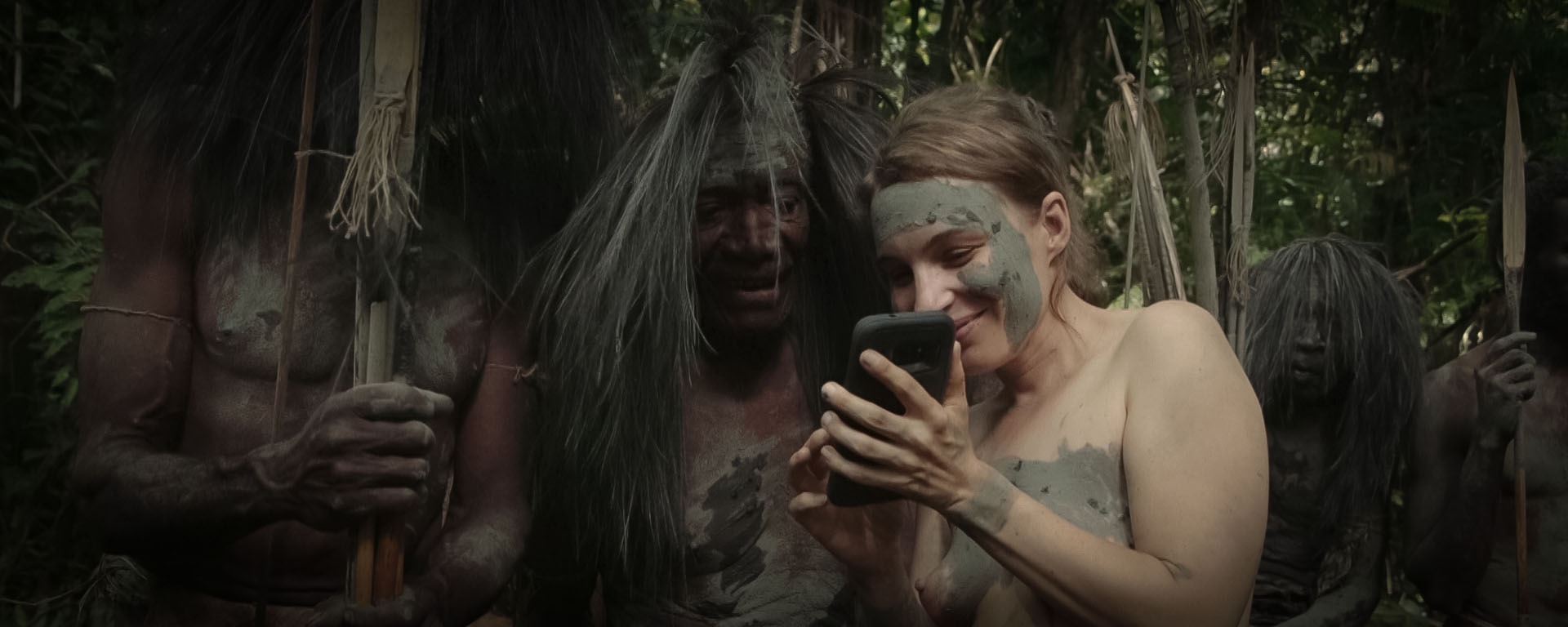
Contact Us
June 5, 2019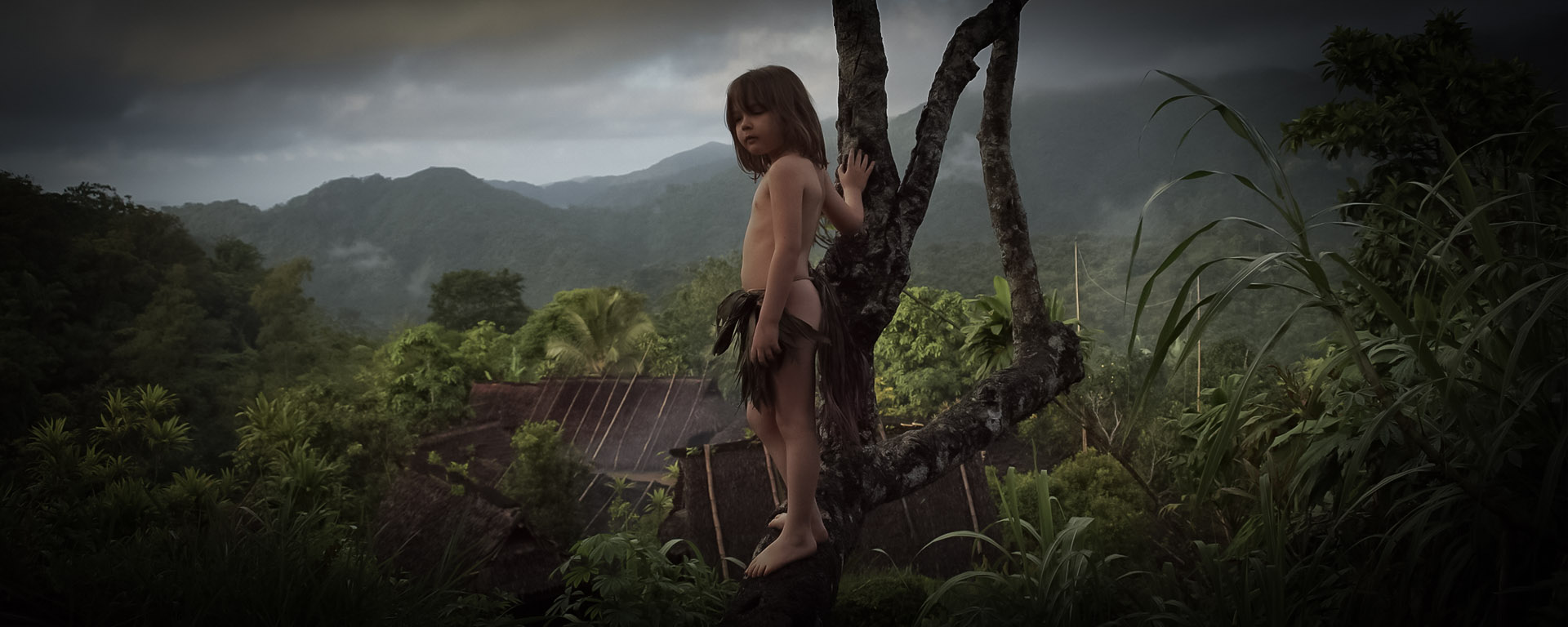
About Us
July 25, 2019"Only very few Kwaio haven't converted to Christianity yet. Chiefs like me, though, still practice the old ways and welcome visitors in order to show them our traditions and customs. We hope that the developement of Kwaio and our Kastom traditions will go hand in hand in the future, because at the moment every step further into modern life destroys our cultural heritage even more!"
Oddly enough the name Kwaio translated means "Kill You" and indeed this part of the Solomon Islands was known for its fierce resistance to the church and foreign influences. Even though nowadays church and schools are widespread and the times of violence and cannibalism long gone, some "hidden man" inland still continue to hold on to "Kastom". Visiting those men really is an adventure and we would've never promoted this place in such a way if the chiefs themselves hadn't asked us to do so.
Despite all difficulties an expedition to the inland will be highly rewarding for those interested in remote and isolated living indigenous people! And besides their traditional way of life the Kwaio have to offer some of the best musical performances in the Pacific. The polyphonic panflute songs and the drumming are by far the most sophisticated ones of any indigenous group we have ever visited.
Anyone who loves melanesian people and their Kastom culture, indigenous music or trekking through beautiful remote mountains has -thanks to the chiefs- now the chance to visit this fascinating place - one of the last truly unspoiled ones left in the world.
Common questions
Nowadays the Solomon Islands, Malaita and Kwaio are very safe places, especially outside of the towns. Some isolated Kwaio people still shy away from the "white man", and for good reason, but most Kwaio treat visitors like family. Malaria still occures on Malaita, although much less than in the past, and the inland sees only few mosquitos.
Yes! Infrastructure is still bad on Malaita and most places can't be easily reached, adding up to the costs. The East Coast especially suffers under inflated prices, although things get much more reasonable further inland. We may be able to help with reducing the overall costs, but visiting Malaita still won't be cheap no matter what.
Many "Kastom Man" in the bush haven't been visited by foreigners before, and one may ask if a visit inland could have an influence on those people. The answer of course is yes - but mostly in a good way! First, some chiefs are eagerly looking forward to visitors and the infrastructure developments it may bring. Furthermore expeditions to the Kwaio may help strengthening the culture and promoting its preservation across the Kwaio - and other tribes.There are still areas off limit, though, and we must absolutely respect the isolation of those places.
Well, the last "hidden" families inland have changed very little over the past decades, and it's almost impossible to find equally traditional tribes anywhere else in the Pacific. But western clothing was introduced many years ago, and since then most Kwaio gave up being "naked". There are still some taboos around clothing, though, and "nakedness" occures occasionally in the inland. Female visitors for instance are commonly asked to undress before entering a Kastom man's hamlet. Many other Kastom traditions, rules and "oaths" are still being practiced/enforced and must be followed even by visitors.
Photos from Kwaio




